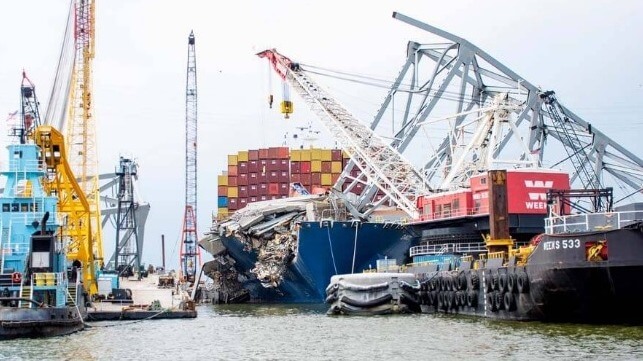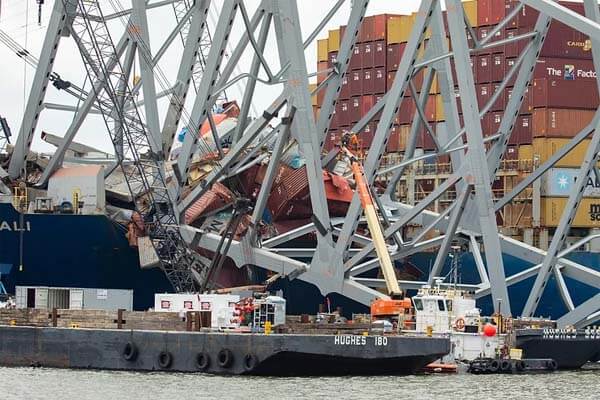- Five Countries With the Cleanest Energy Grid Globally
- By Felicity Bradstock - May 11, 2024
- Several countries, including Paraguay, Bhutan, Lesotho, Nepal, and Ethiopia, have made significant strides in transitioning to renewable energy.
- Hydropower is a significant source of renewable energy in many of these countries.
- The global race to decarbonize and adopt renewable energy offers promising opportunities for a sustainable future.
Countries around the globe are racing to decarbonise in pursuit of a green transition. Several governments have created national policies to encourage a shift away from fossil fuels towards renewable alternatives, in a bid to achieve their Paris Agreement climate pledges. Yet, some have been more successful than others at transitioning. The countries with the highest proportion of electricity coming from renewable energy are all endowed with abundant natural resources, such as geothermal, hydro, and wind power, and most have relatively small electricity grids.
The countries with the highest proportion of electricity generation coming from renewable sources are constantly shifting, as governments increase funding to accelerate their states’ green transition. In addition, several countries are producing higher levels of renewable energy to contribute to larger power grids. In 2023, those with the cleanest grids were Paraguay, Bhutan, Lesotho, Nepal, Ethiopia, Norway, Switzerland, Iceland, the Democratic Republic of Congo and Albania, showing that the green transition is not concentrated in any singular region of the world.
5) Ethiopia: 98.1%
Ethiopia, in the Horn of Africa, produces most of its electricity from renewable resources including hydropower, biomass, solar, wind and geothermal energy. Ethiopia is the biggest producer of hydropower in Africa, with the energy source contributing around three-quarters of the country’s electricity. The Omo-Giber River Basin provides around 45 percent of this hydropower, through three major dams. In recent years, Ethiopia has become increasingly vulnerable to climate change, as long periods of drought have had a detrimental impact on its hydropower production.
Ethiopia has the potential to generate more than 60,000 MW of electric power from hydroelectric, wind, solar, and geothermal sources. Ethiopia has struggled to tap into its natural energy sources due to a lack of investment in the past. At present, it has 5,200 MW of installed generation capacity, which the government aims to increase to 17,000 MW within the next decade, but there are fears that demand may outpace supply as both the economy and population continue to grow.
4) Nepal: 98.4%
Nepal derives the vast majority of its electricity from hydropower, at around 97 percent. This is made possible thanks to Nepal’s abundant natural resources, including mountains, glaciers and rivers that provide falling water for hydropower production. Nepal produces around 2,200 MW of hydropower and has the potential to produce an estimated 50,000 MW of hydropower, which would make it one of the world’s biggest producers.
The South Asian country has increased electricity access to its population significantly in recent years, from 19 percent in 2000 to 94 percent in 2023, supported strongly by Chinese investment.
Nepal continues to rely heavily on biofuels and waste, with around 21 million people continuing to use traditional biomass for cooking. In 2021, biofuels and waste contributed around 67.2 percent of Nepal’s energy mix.
3) Lesotho: 99.3%
Lesotho in southern Africa produces most of its electricity from hydropower resources, with solar and wind power contributing a small amount of energy, as well as relying on biomass for cooking and heating needs in rural areas. It is home to one of the world’s smallest power grids, with a capacity of just 73 MW.
Around 72 MW of the country’s hydropower comes from the Muela Hydropower plant. The government has approved the development of the Polihali Dam, expected to be operational by 2028, which will add 8 MW of hydropower to the grid. Only around 47 percent of households in Lesotho have access to electricity, and this is mainly in the country’s urban hubs. The government previously announced a plan to expand this coverage to 75 percent of households by 2022, but this has not yet been achieved.
2) Bhutan: 99.8%
Bhutan in southern Asia also generates most of its electricity from hydropower, around 99.7 percent. Its vast forests have helped the tiny Asian country to achieve net-zero carbon emissions, making it one of three carbon-negative countries worldwide, alongside Suriname and Panama.
In April 2024, the European Investment Bank (EIB) announced plans to lend $160.2 million to Bhutan to help the country develop its renewable energy sector, including solar and hydropower projects in remote regions. The development of Bhutan’s solar power industry will help the country avoid spending on energy imports during the dry months of the year, as well as support energy diversification.
1) Paraguay: 100%
Paraguay has the cleanest power grid in the world, achieving a 100 percent clean electricity supply at the end of 2021. Hydropower contributes 100 percent of the South American country’s electricity supply, with a hydropower output of around 9 GW a year, making it the third-largest hydropower producer globally. Most of this power comes from the Itaipu Dam, which contributes 70 percent of the country’s electricity supply as well as energy exports to neighbouring Brazil.
Despite having already achieved 100 percent clean energy production, Paraguay has plans to diversify its renewable energy mix. Earlier this year, the government passed a law on Non-Conventional Renewable Energies (NCRE), to regulate the promotion, generation, production, development, and use of electric energy from non-conventional renewable energy sources other than hydropower. The Minister of Public Works (MOPC) Claudia Centurión stated, “Through regulation, we can involve the private sector in this generation of electric energy to take giant steps towards innovation and the promotion of new industries that will bring us employment and, above all, more sustainability.”
By Felicity Bradstock for Oilprice.com








